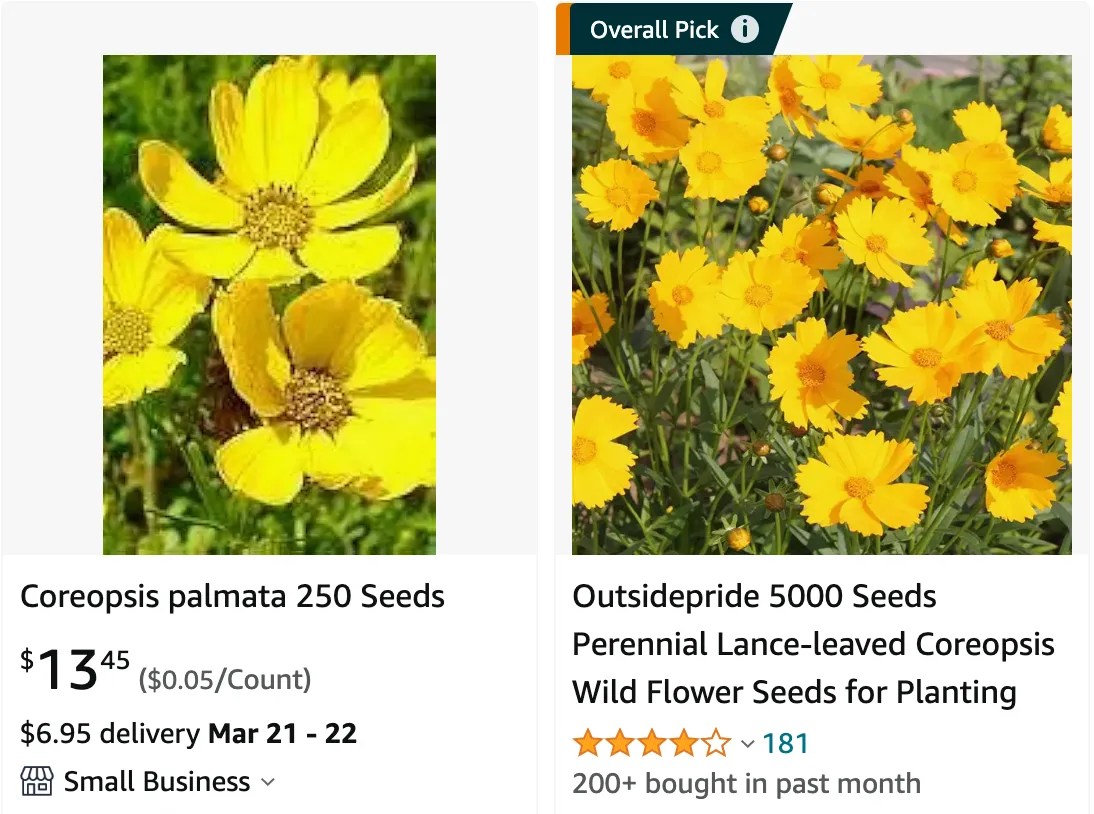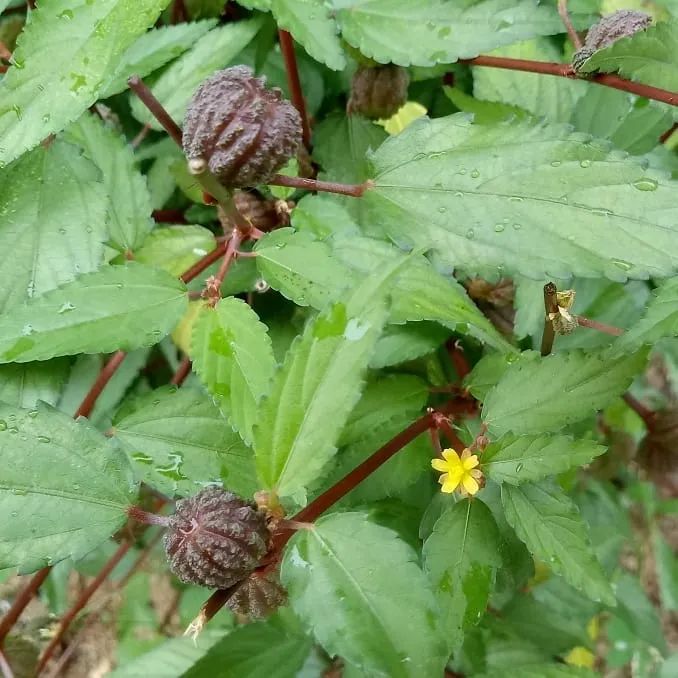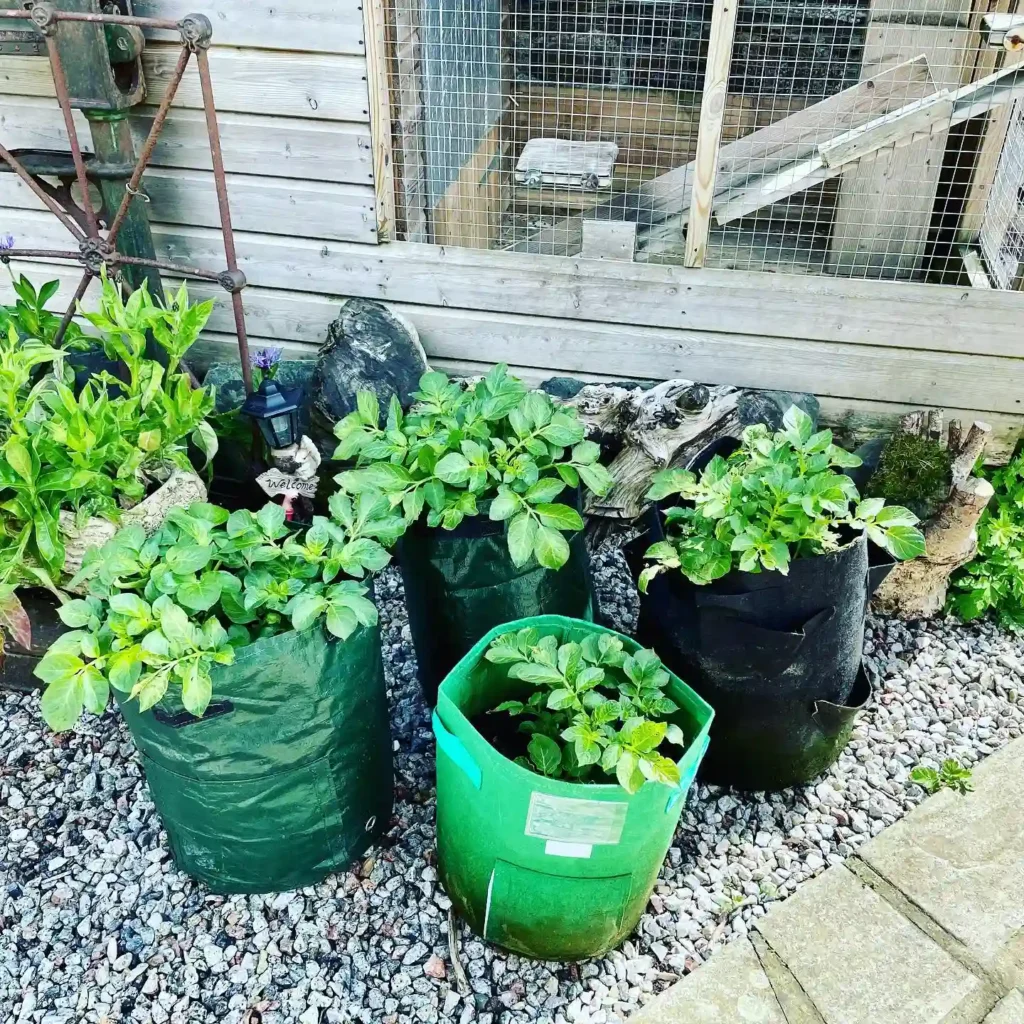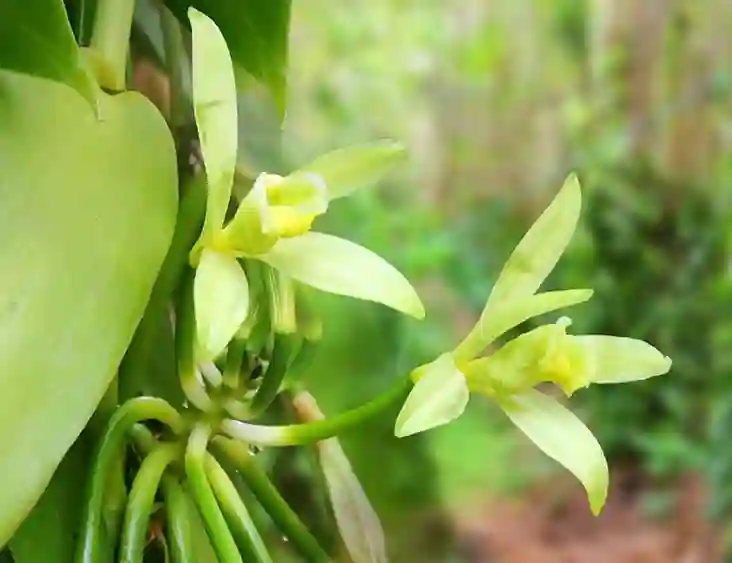
Coreopsis Palmata: Your Guide to the Easy-Going Wildflower
Hi everyone, Ferb Vu here! Today, we’re diving into the world of Coreopsis palmata, a North American wildflower that’s as cheerful as it is low-maintenance.
This little sunshine spreader might not be the star of the garden show, but its charm lies in its simplicity and resilience. Whether you’re a seasoned gardener or a newbie with a balcony yearning for some life, Coreopsis palmata is a fantastic choice.
Here, I’ll answer some of the most common questions about this delightful wildflower.
39 Species in Genus Coreopsis
What is Coreopsis Palmata?
Coreopsis palmata, also known as Stiff Coreopsis, Prairie Coreopsis, or Prairie Tickseed, is a herbaceous perennial native to North America. It boasts bright yellow, daisy-like flowers that bloom for weeks in the heart of summer, bringing a touch of sunshine to your garden.
This easy-going wildflower typically reaches heights of 2-3 feet and thrives in sunny locations with well-drained soil. Its leaves are lobed, resembling fingers (hence the nickname “finger coreopsis”), and its sturdy stems hold the cheerful blooms high.
Coreopsis Palmata vs. Lanceleaf Coreopsis: A Quick Comparison
Coreopsis palmata often gets compared to its close cousin, Coreopsis lanceolata, also known as Lanceleaf Coreopsis. Here’s a quick breakdown of their similarities and differences:
Similarities:
- Both are North American wildflowers belonging to the Asteraceae family.
- Both boast yellow, daisy-like flowers that bloom in summer.
- Both are low-maintenance and prefer full sun.
Differences:
- Leaf shape: Coreopsis palmata has finger-like lobed leaves, while Coreopsis lanceolata has narrow, lance-shaped leaves (as the name suggests).
- Flower size: Coreopsis palmata’s flowers tend to be slightly larger, reaching diameters of 1-2 inches compared to Lanceleaf Coreopsis’s ¾ – 1 inch blooms.
- Spread: Coreopsis palmata can spread through underground rhizomes, forming a denser clump, while Coreopsis lanceolata is generally clump-forming but less aggressive.
How to plant and care for Coreopsis Palmata?
Planting Coreopsis palmata is a breeze. Here’s what you need to know:
- Timing: Sow seeds directly outdoors in the fall or early spring, after the danger of frost has passed. Alternatively, you can start seeds indoors a few weeks before the last frost and transplant them outdoors once established.
- Location: Choose a sunny spot with well-drained soil. Coreopsis palmata tolerates some drought but thrives with occasional watering during dry spells.
- Spacing: Plant seeds or seedlings about 12-18 inches apart to allow for good air circulation and prevent overcrowding.
- Care: Once established, Coreopsis palmata requires minimal care. Deadheading spent flowers encourages further blooming, and a light application of fertilizer in early spring can give it a boost.
What are benefits of growing Coreopsis Palmata?
There are several reasons to consider adding Coreopsis palmata to your garden:
- Low-maintenance: This wildflower is a gardener’s dream. It requires minimal fuss and thrives with neglect.
- Long blooming: Expect a dazzling display of sunshine-yellow flowers for weeks in mid to late summer.
- Attracts pollinators: Bees, butterflies, and other beneficial insects adore Coreopsis palmata’s nectar-rich blooms.
- Drought tolerant: This wildflower is a champion in hot, dry summers.
- Versatility: Coreopsis palmata fits beautifully in various garden styles, from cottage gardens to meadows and butterfly gardens.
Conclusion: Coreopsis Palmata – A Touch of Sunshine in Your Garden
Coreopsis palmata is a delightful wildflower that injects a burst of cheer into any garden. Its easy-going nature, long bloom time, and resilience make it a perfect choice for busy gardeners or those new to the world of plants. So, why not give this little sunshine spreader a try? You might just find yourself smitten by its simple charm.
If you have any further questions about Coreopsis palmata or other wildflowers, feel free to leave a comment below! Happy gardening!
If i die, water my plants!



